In the ever-evolving world of design, accessibility has long lingered in the shadows of innovation. But a new generation of designers is proving that functionality and style are not mutually exclusive. Today, accessible design is undergoing a powerful transformation that doesn’t just accommodate physical limitations, but actively uplifts the user experience. Designers and technologists are beginning to see inclusive design not as a constraint, but as a rich field of innovation.
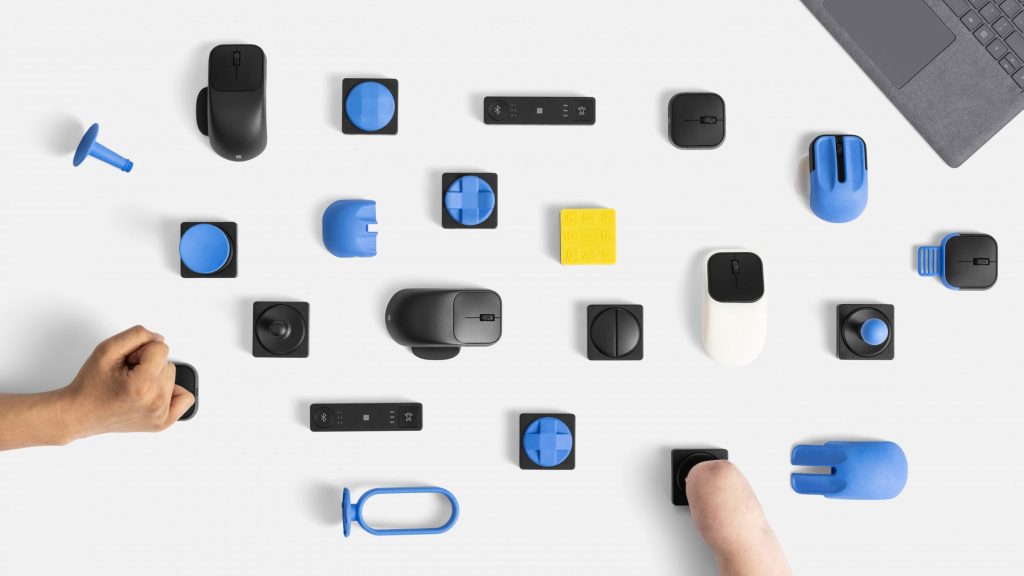
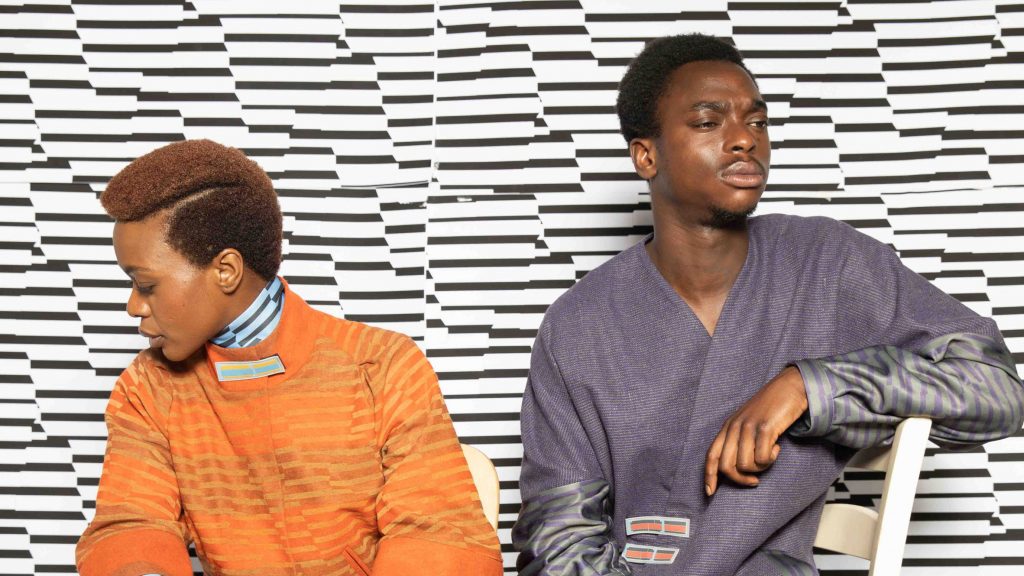
RESET Collection by Monika Dugar
When fashion designer Monika Dugar began her final-year project at the London College of Fashion, she wasn’t just designing for style, she was designing for her father. After his diagnosis with Parkinson’s disease, Dugar turned a personal challenge into a purpose-driven mission. Her collection, [R E S E T], is more than a minimalist wardrobe with clean lines and classic tailoring; it is a tool for neurological support.
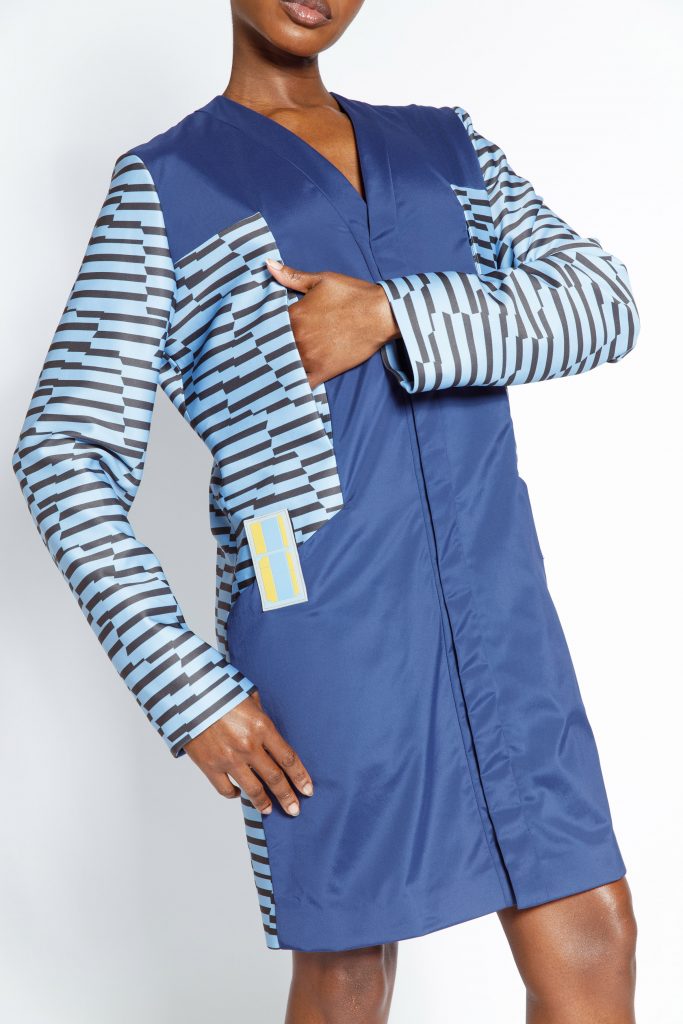
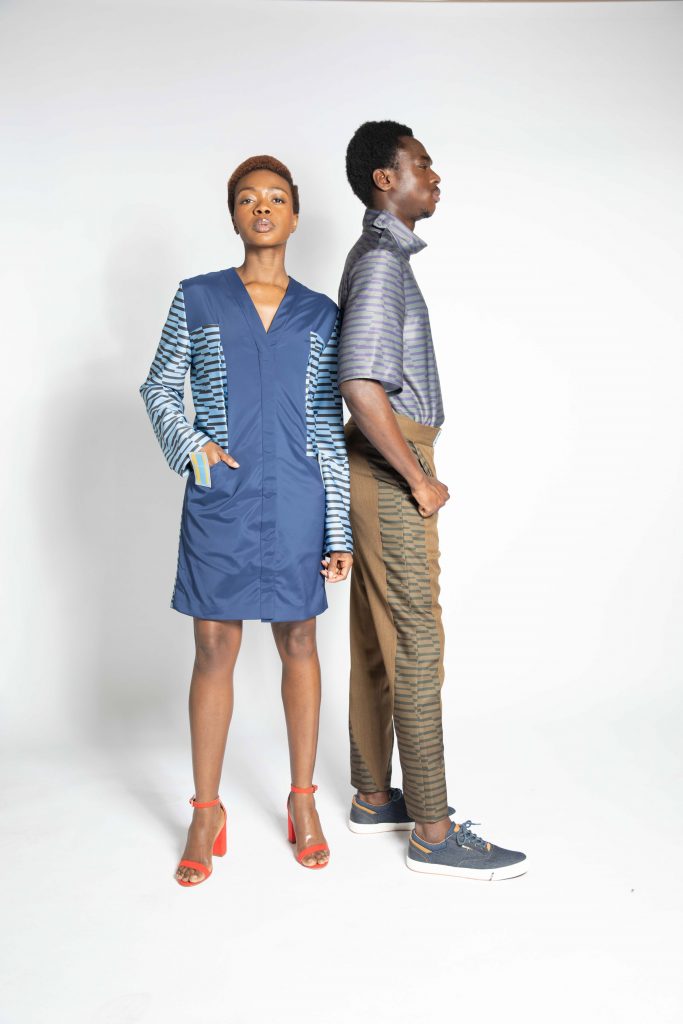
RESET Collection by Monika Dugar
What makes the collection unique is its strategic use of striped patterns, inspired by scientific research on visual perception and gait disorders. A paper in the Journal of Neurology revealed that parallel lines, like those found at pedestrian crossings, can help people with Parkinson’s regain rhythm and balance while walking. Dugar applied this concept directly onto clothing using optical illusions that simulate movement, aiming to create a “reset” in the brain even when the wearer is standing still.
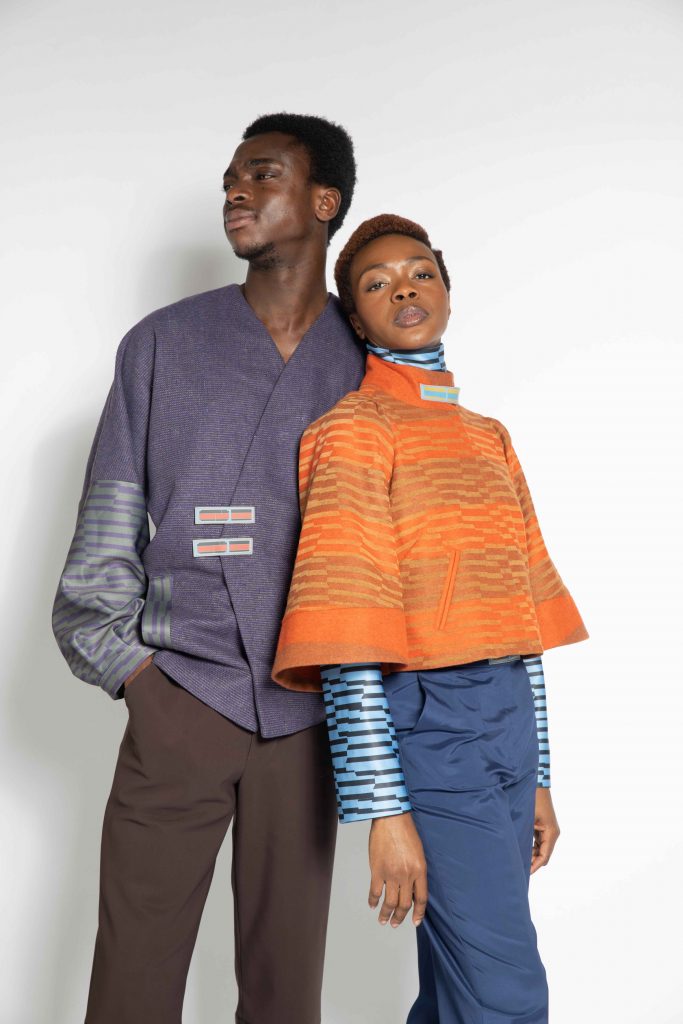
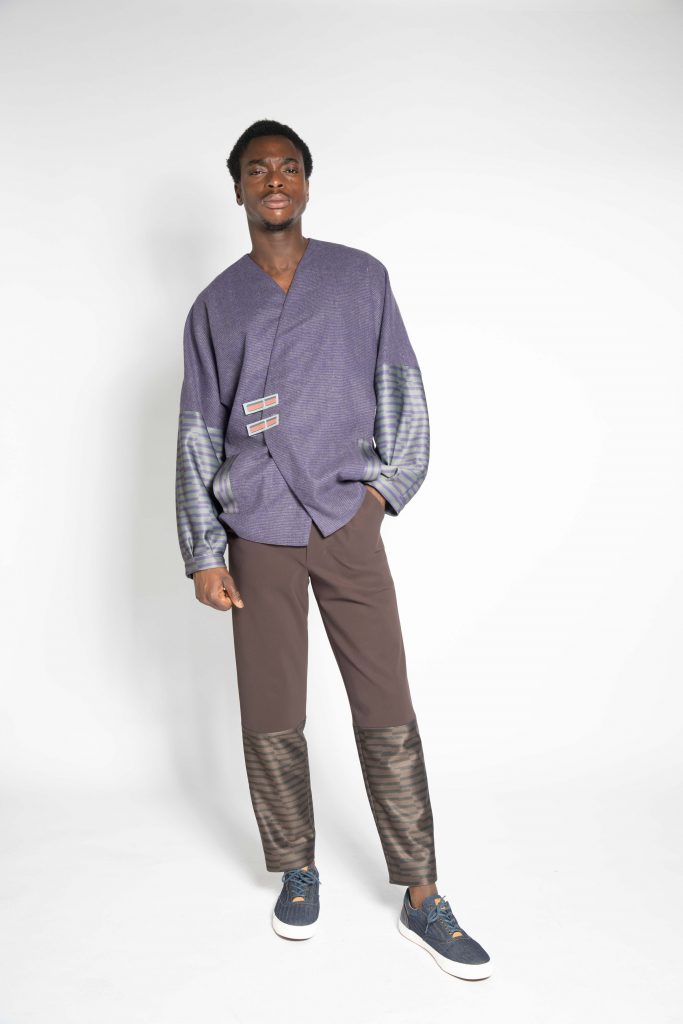
RESET Collection by Monika Dugar
RESET doesn’t stop at visual cues. The garments are designed with adaptive features like magnetic closures, velcro fastenings, and angled pockets that cater to people with limited dexterity. The silhouettes are contemporary and youthful, a deliberate move to include younger Parkinson’s patients often excluded from adaptive fashion’s traditional offerings. This intersection of neuroscience, emotional storytelling, and high fashion is a powerful reminder that good design doesn’t just solve problems but offers dignity, independence, and even beauty to those who need it most.
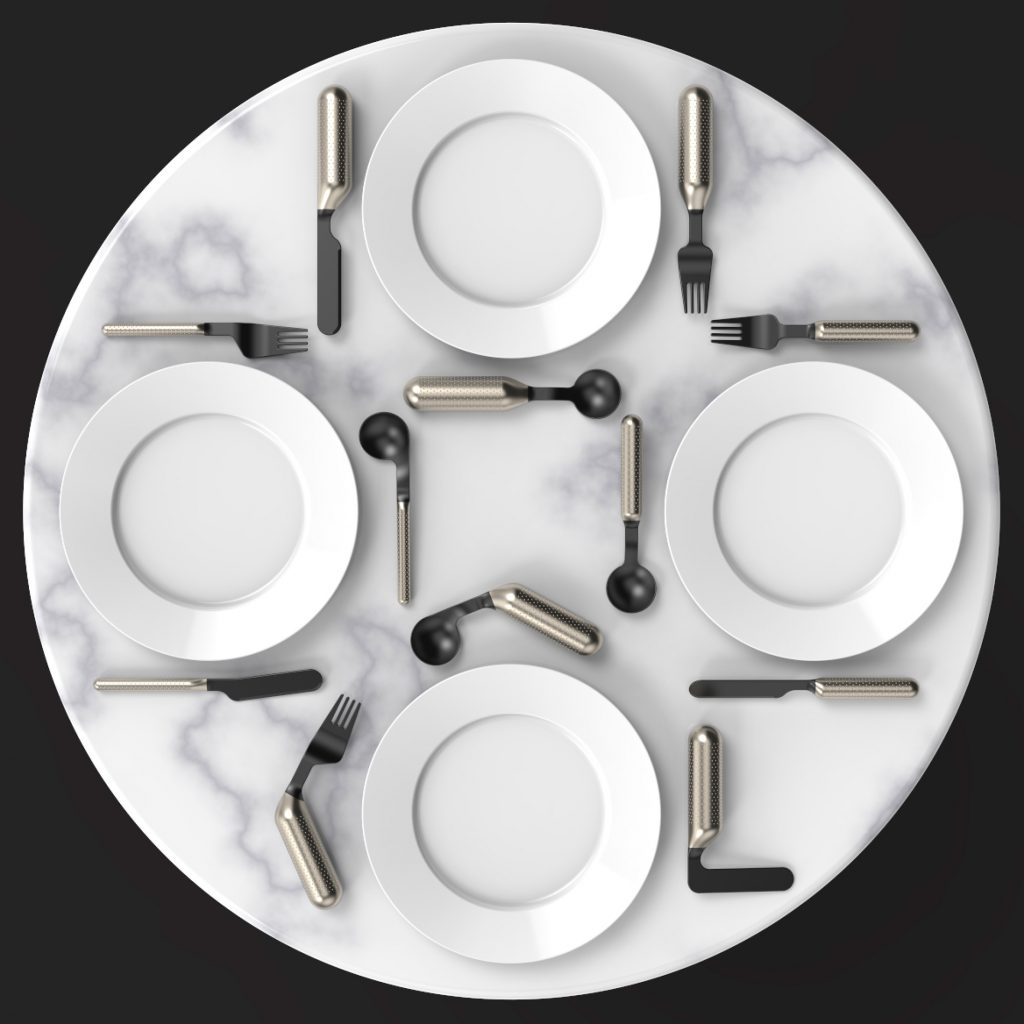
Font collection by Hop Design
While Monika Dugar’s garments help people move with more ease and confidence, another designer is turning his attention to an equally essential daily ritual: eating. At first glance, the Font cutlery collection by Australian studio Hop Design looks like a sleek set of modern utensils, but look closer and you’ll see a masterclass in quiet, functional innovation. Designed by studio founder Michael Hoppe, Font redefines adaptive cutlery not as medical tools, but as beautiful, thoughtful objects that belong on any table.
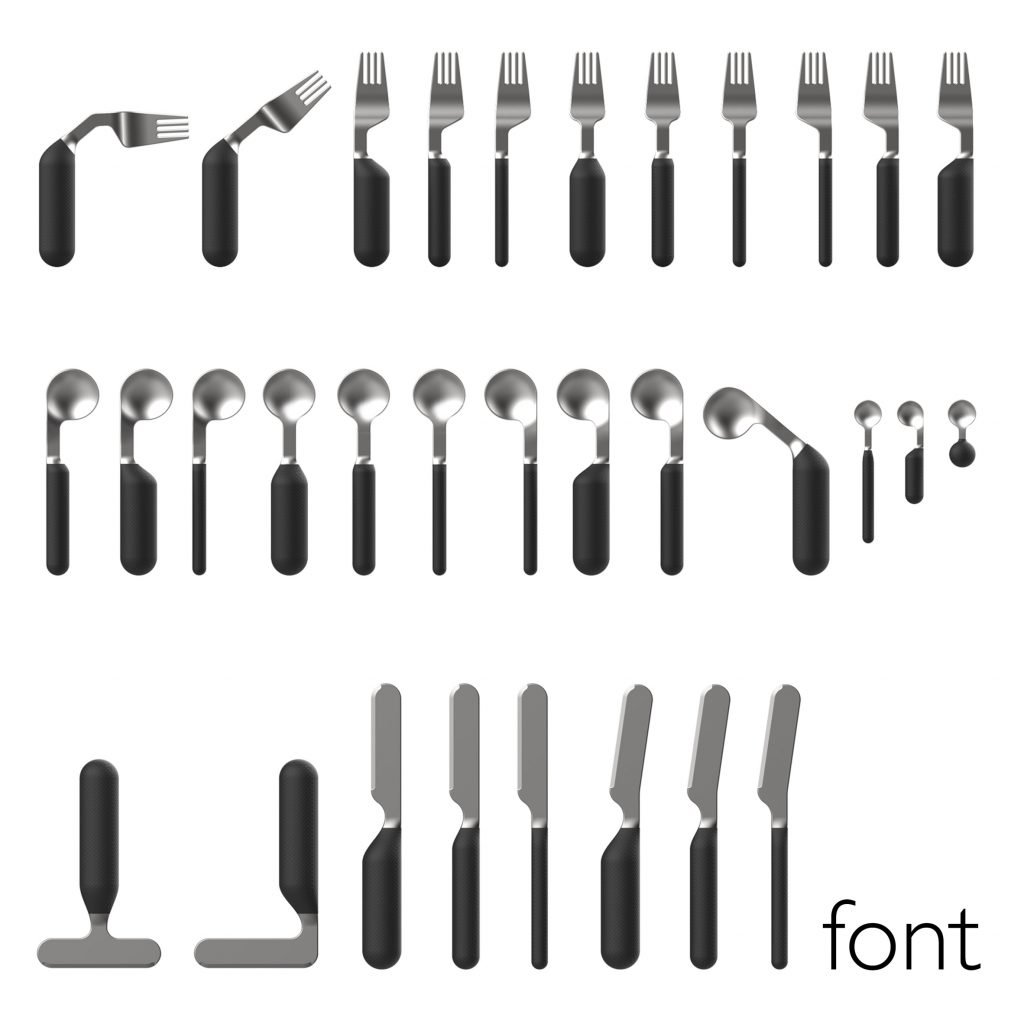
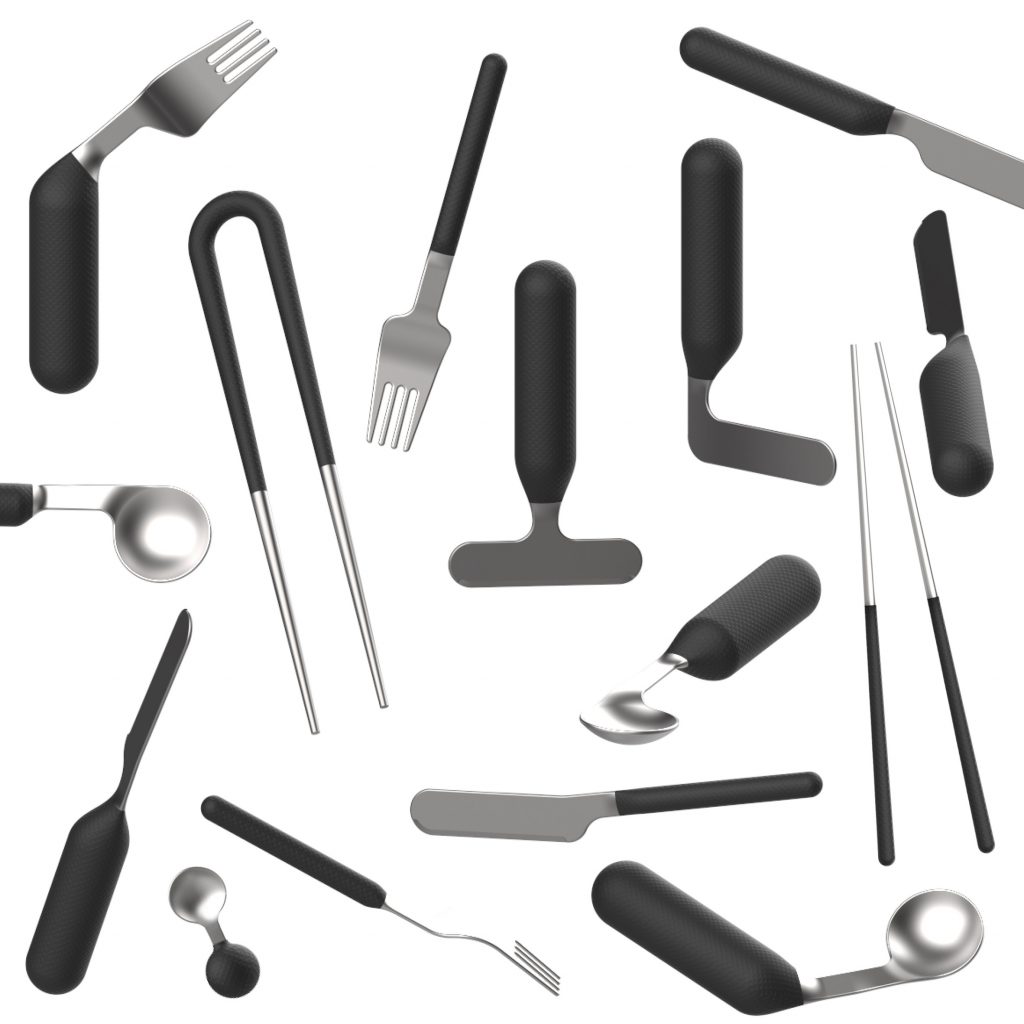
Font collection by Hop Design
The collection includes 24 distinct sets, all subtly different to address a wide range of physical needs. People with arthritis, age-related dexterity loss, or congenital motor issues often struggle with conventional utensils, which offer little in the way of support or usability. Font meets this challenge with elegance. By adjusting handle thicknesses, angles, and contours, Hoppe has created utensils that cater to diverse grip strengths and hand positions without sacrificing design unity.
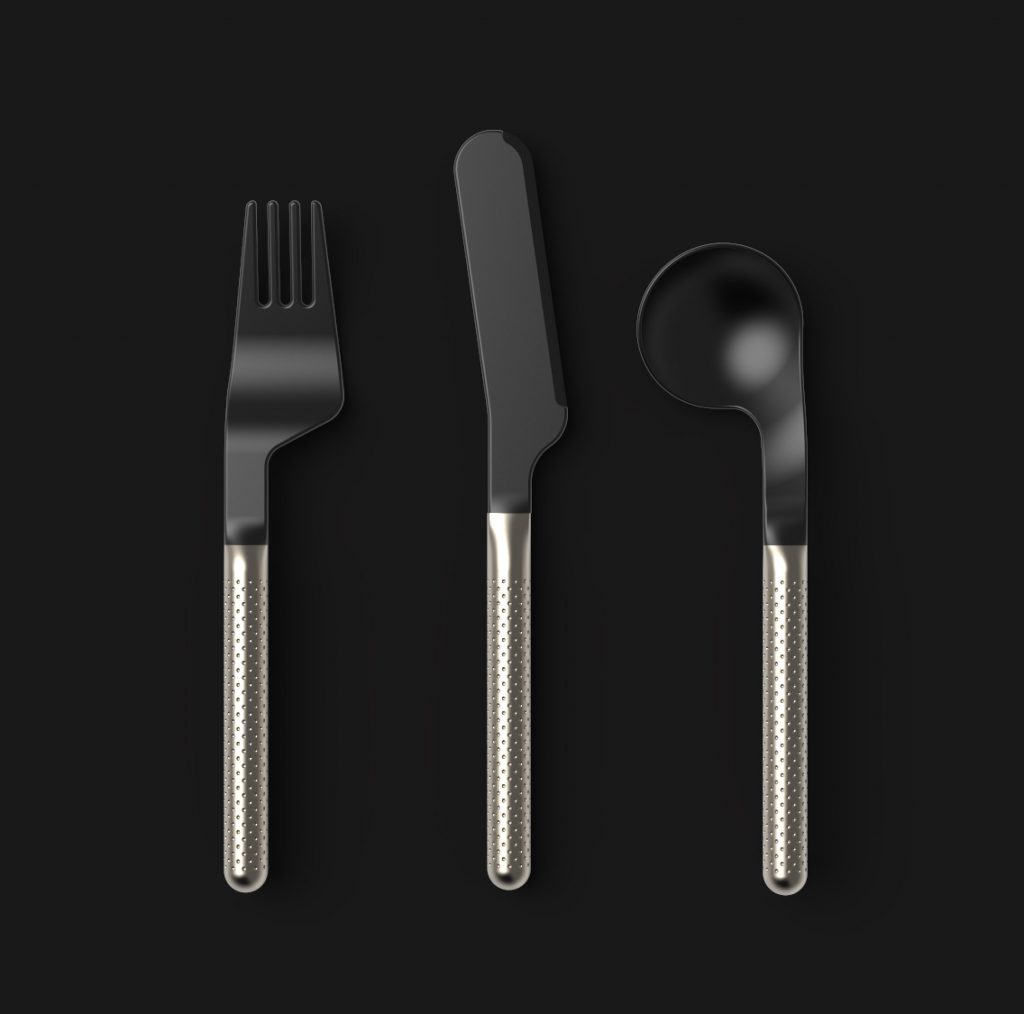
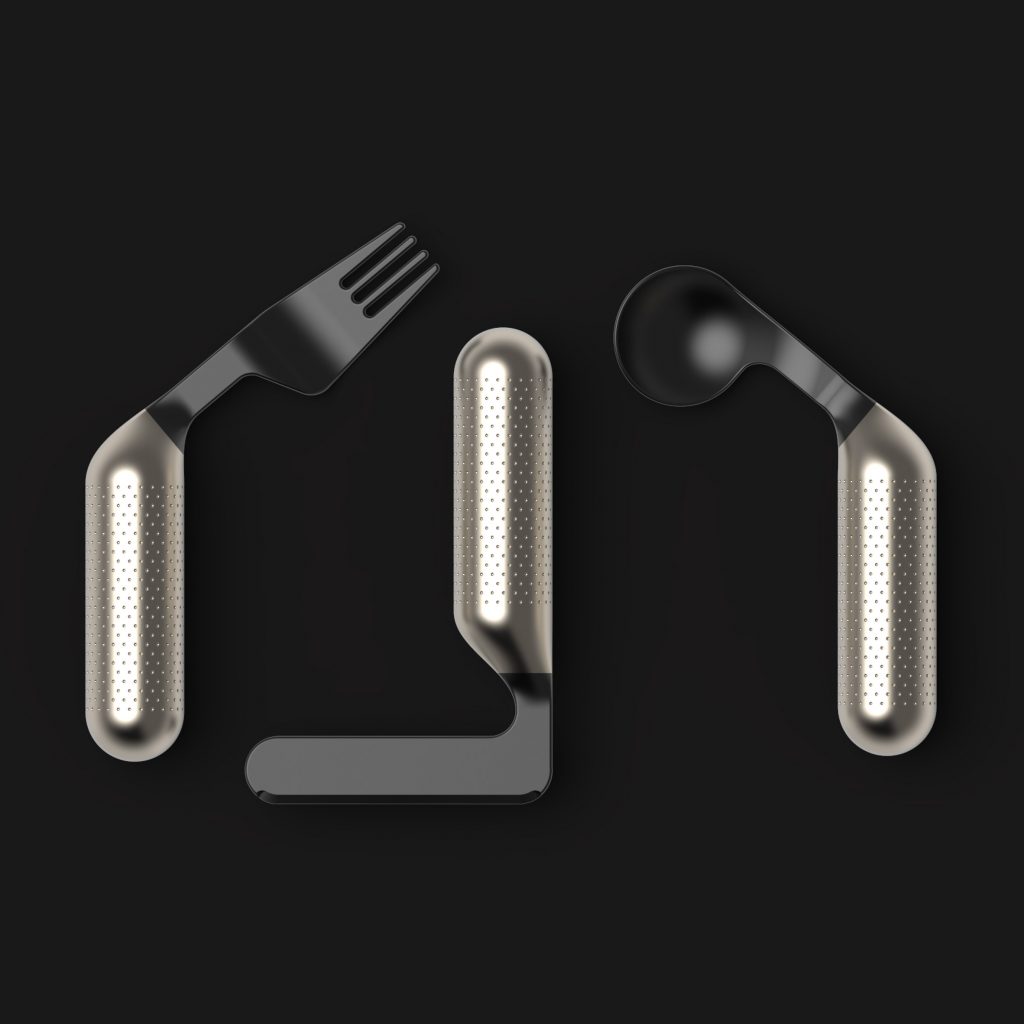
Font collection by Hop Design
The name “Font” isn’t just a branding flourish. Like a typeface with many letterforms, each piece in the collection has its own variation while belonging to the same visual family. Thanks to 3D printing, the studio can easily prototype and produce custom versions, offering personalisation without driving up costs. Collaborations with occupational therapists and end users have ensured that each iteration is not only functional but emotionally resonant.
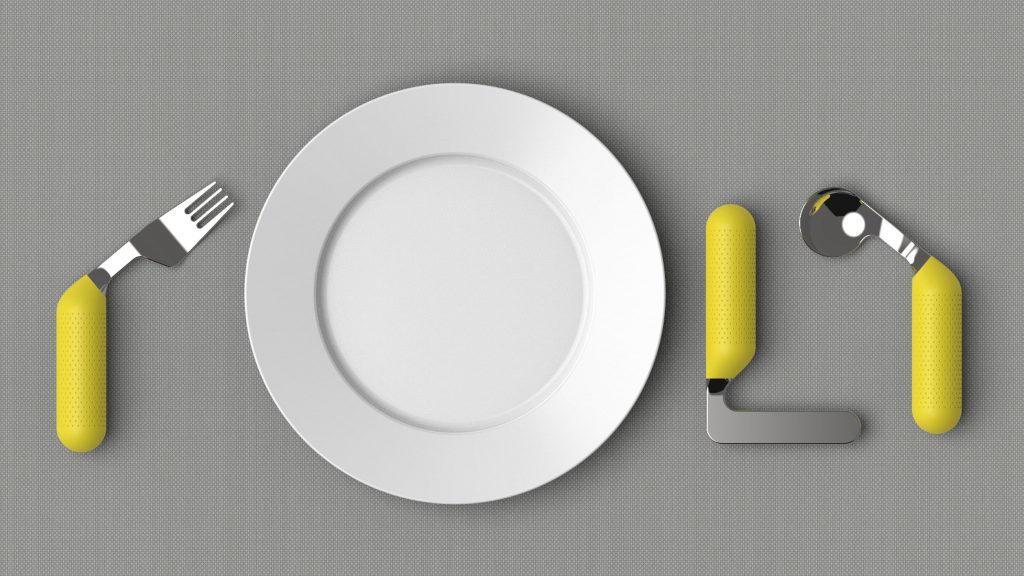
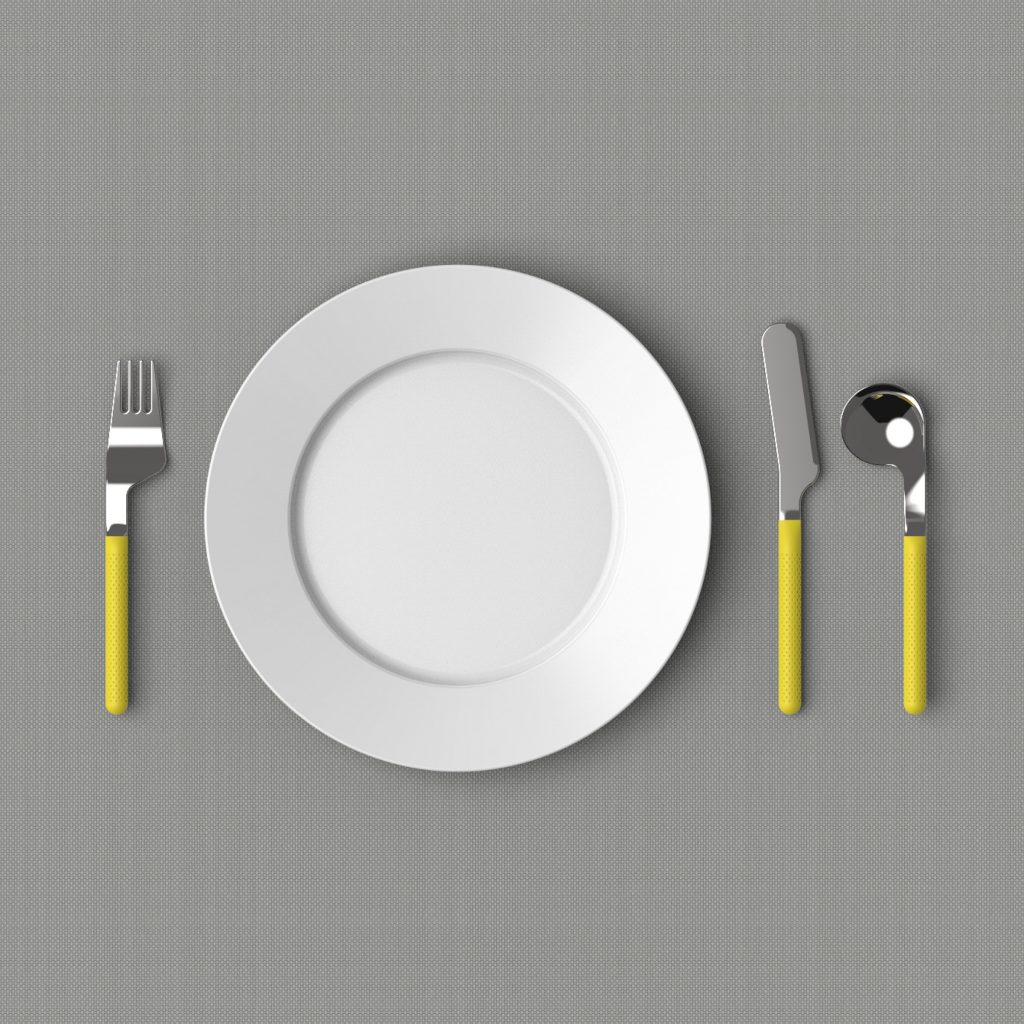
Font collection by Hop Design
What sets Font apart is its rejection of the clinical. Too often, adaptive products look like medical devices, further alienating users. Hoppe wanted these pieces to blend seamlessly into everyday life, not to mark someone as different. With a future-facing vision, he’s now developing a digital tool that will allow users to tweak the dimensions of their own utensils via an app.
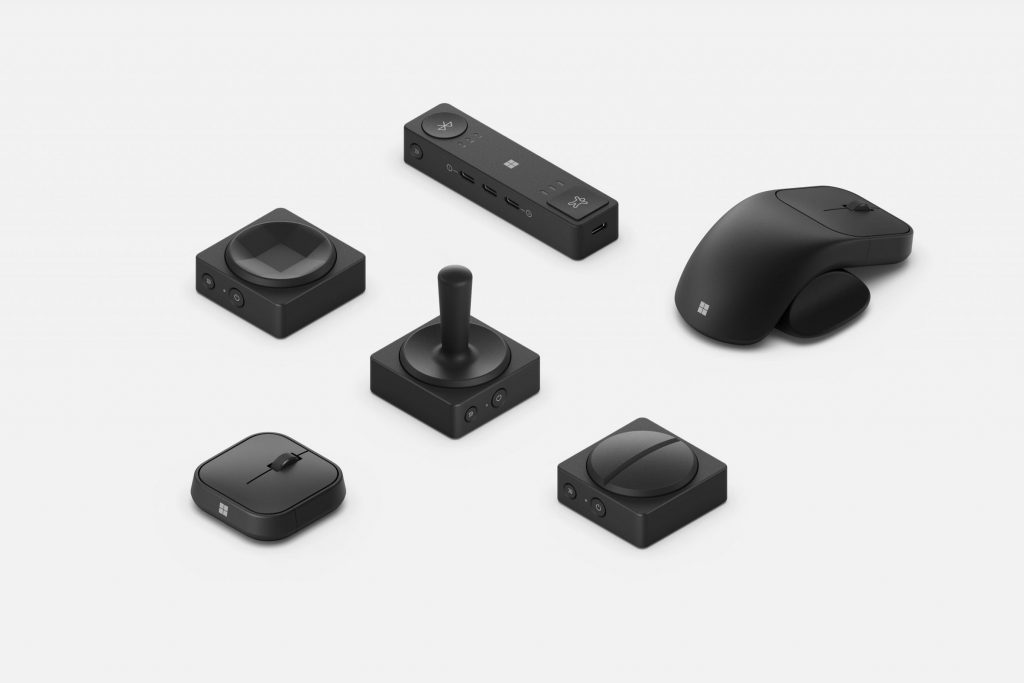
Microsoft’s Adaptive Accessories (also header image)
While fashion and tableware are essential to daily life, few things are as omnipresent as technology. And for those with mobility or visual impairments, using a computer can be a daily hurdle. Enter Microsoft’s Adaptive Accessories, a sleek, smart, and entirely customisable toolkit designed to make interacting with computers more accessible.
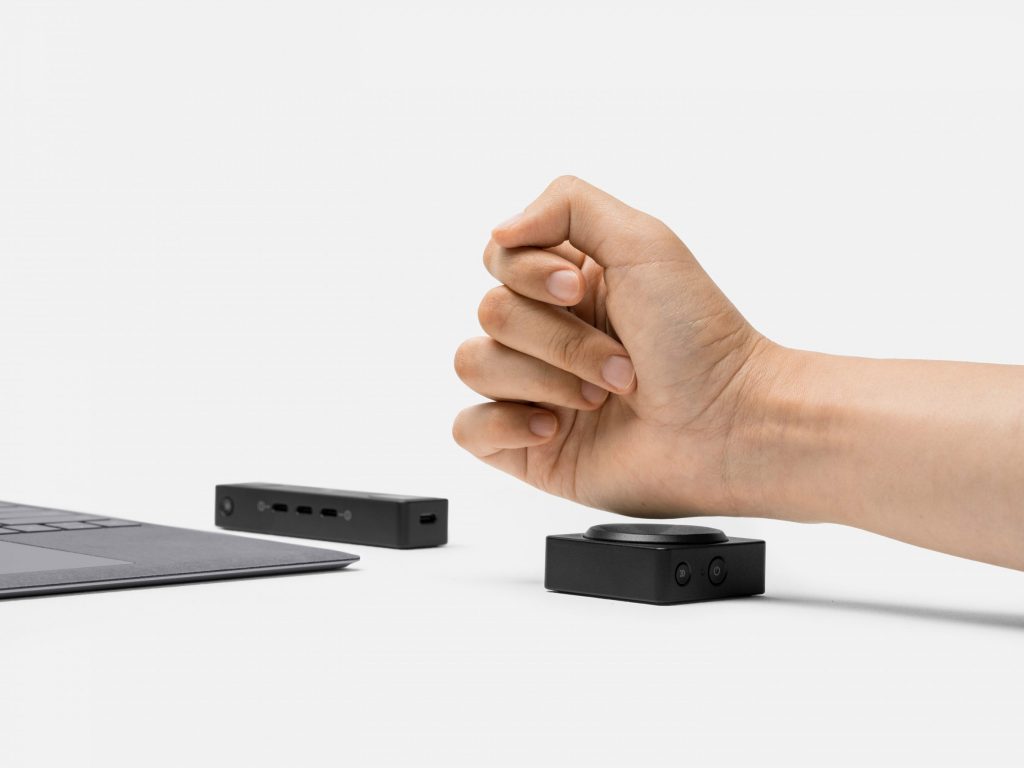
Microsoft’s Adaptive Accessories
Developed by Microsoft’s Inclusive Tech Lab, the range includes a modular mouse, an adaptive button, and a hub that replaces the traditional keyboard. Each piece can be tailored with interchangeable components like joystick attachments, thumb rests, and palm supports. Whether the user is right- or left-handed, prefers different grip angles, or requires alternative input methods, the mouse adapts to them, not the other way around.
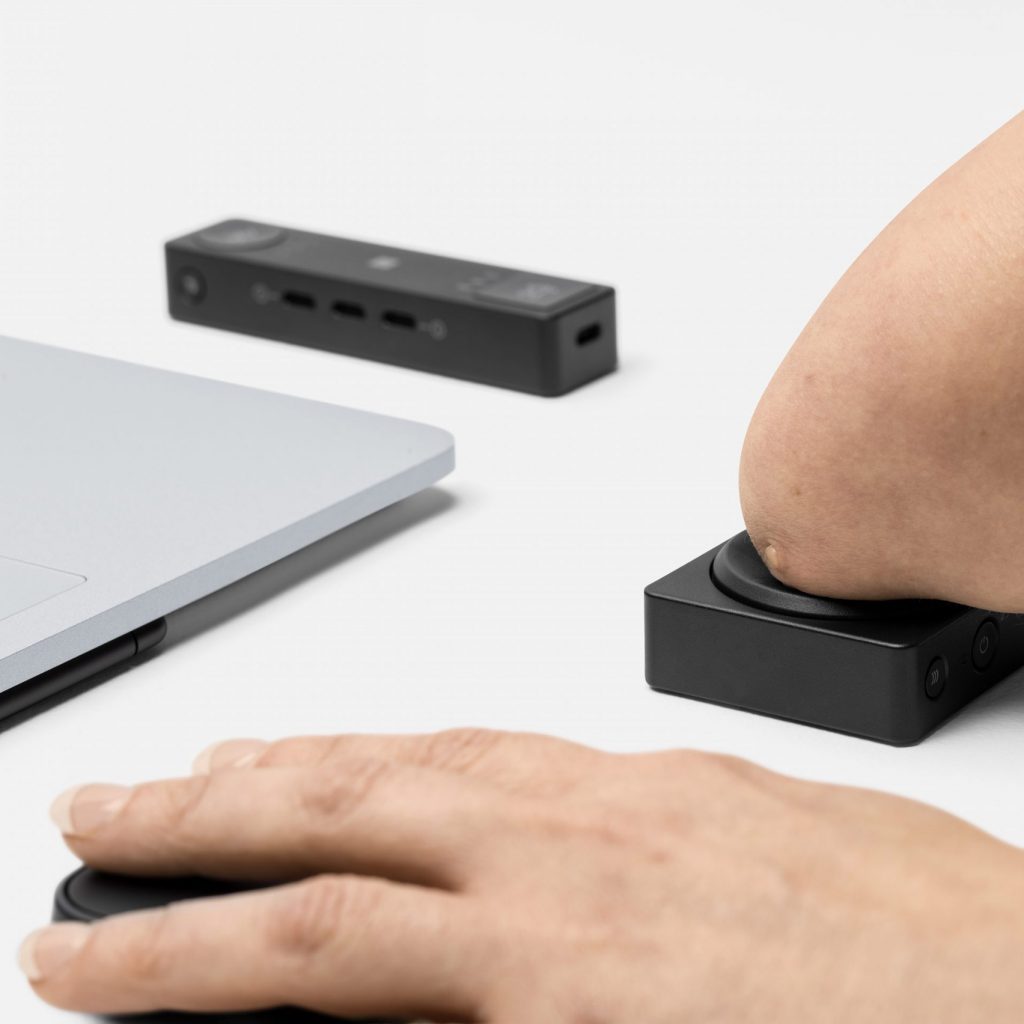
Microsoft’s Adaptive Accessories
At the core of the system is the Microsoft Adaptive Hub, a small black box that connects wirelessly to up to four adaptive devices. These can include buttons that mimic keystrokes or control shortcuts, offering a new layer of flexibility for people with a wide range of physical conditions. The collection, which works seamlessly with Windows PCs and even smartphones, was designed with input from people with disabilities at every stage ensuring it feels intuitive and empowering.